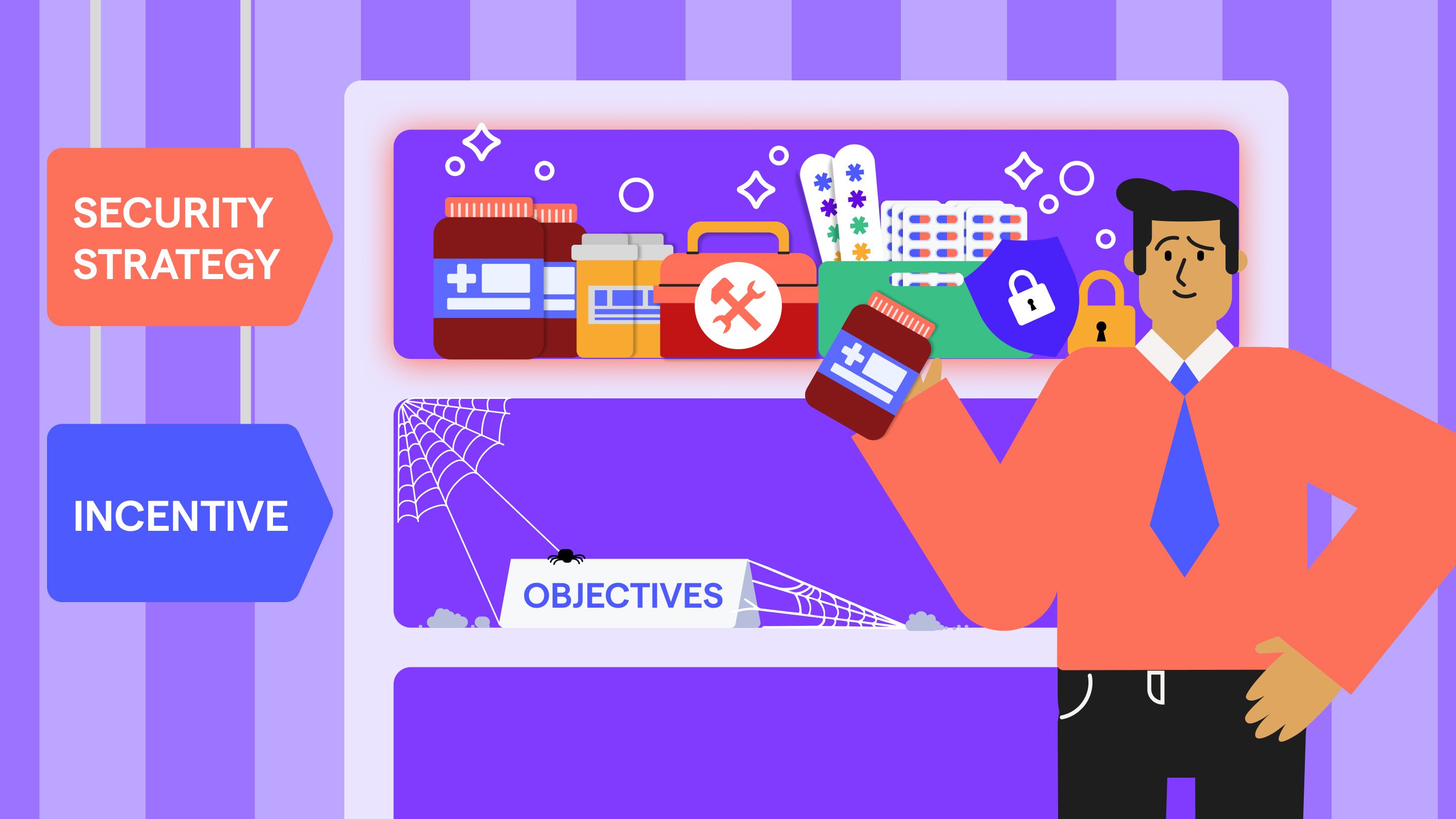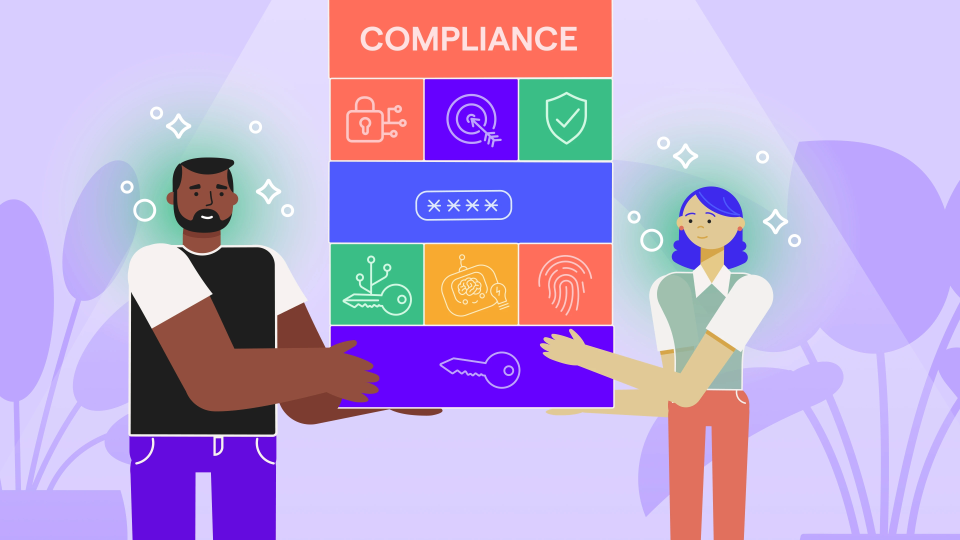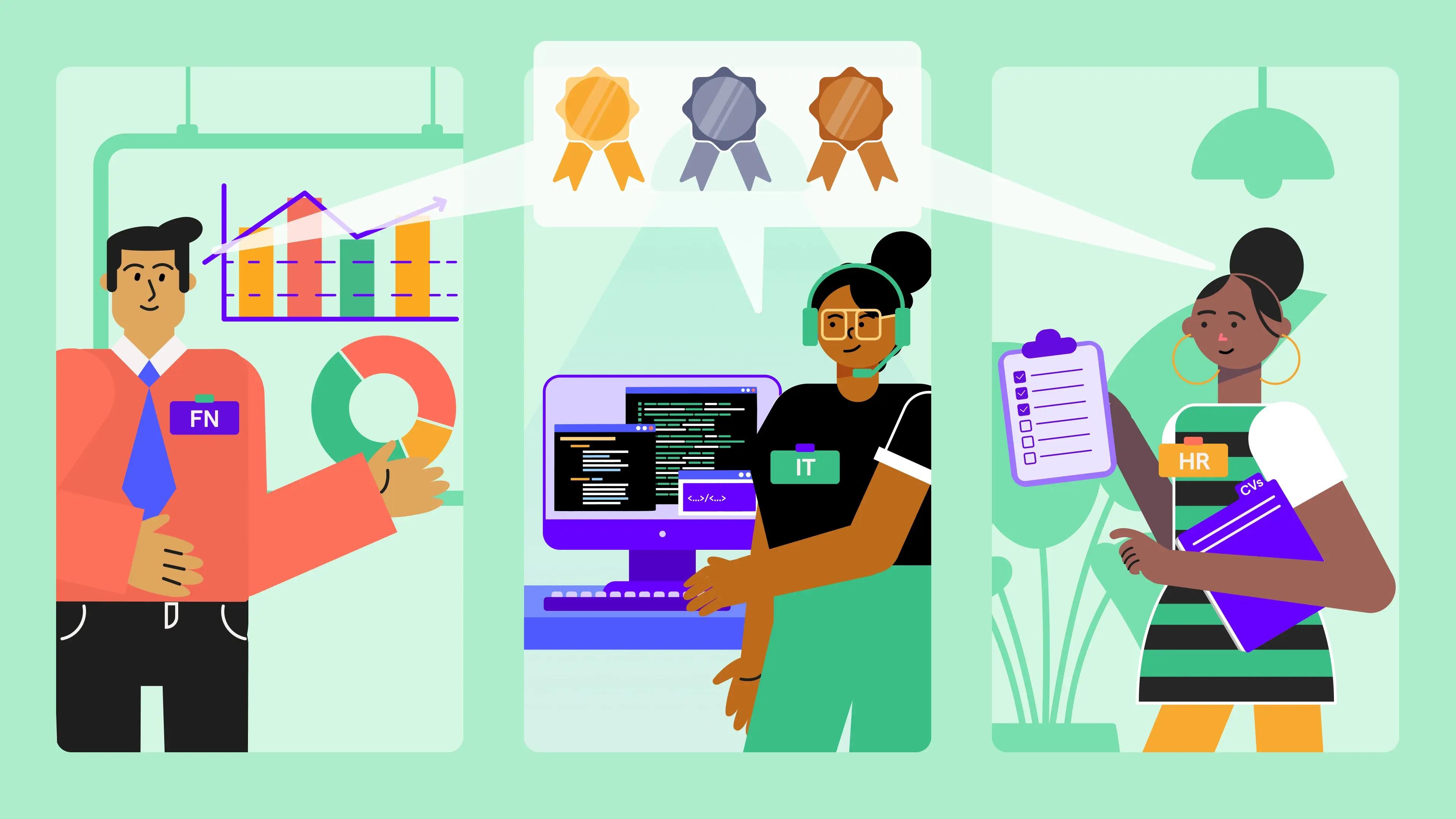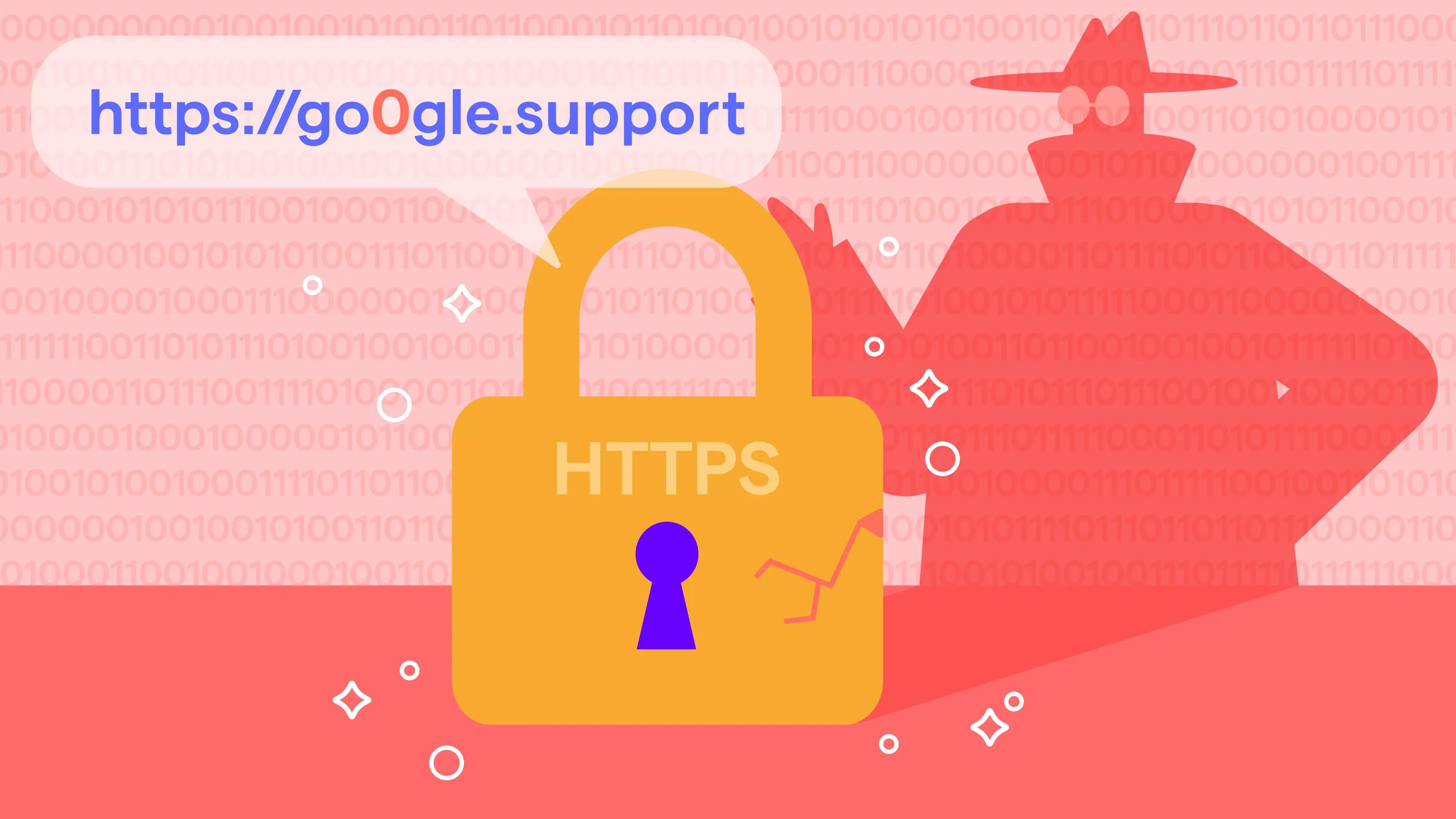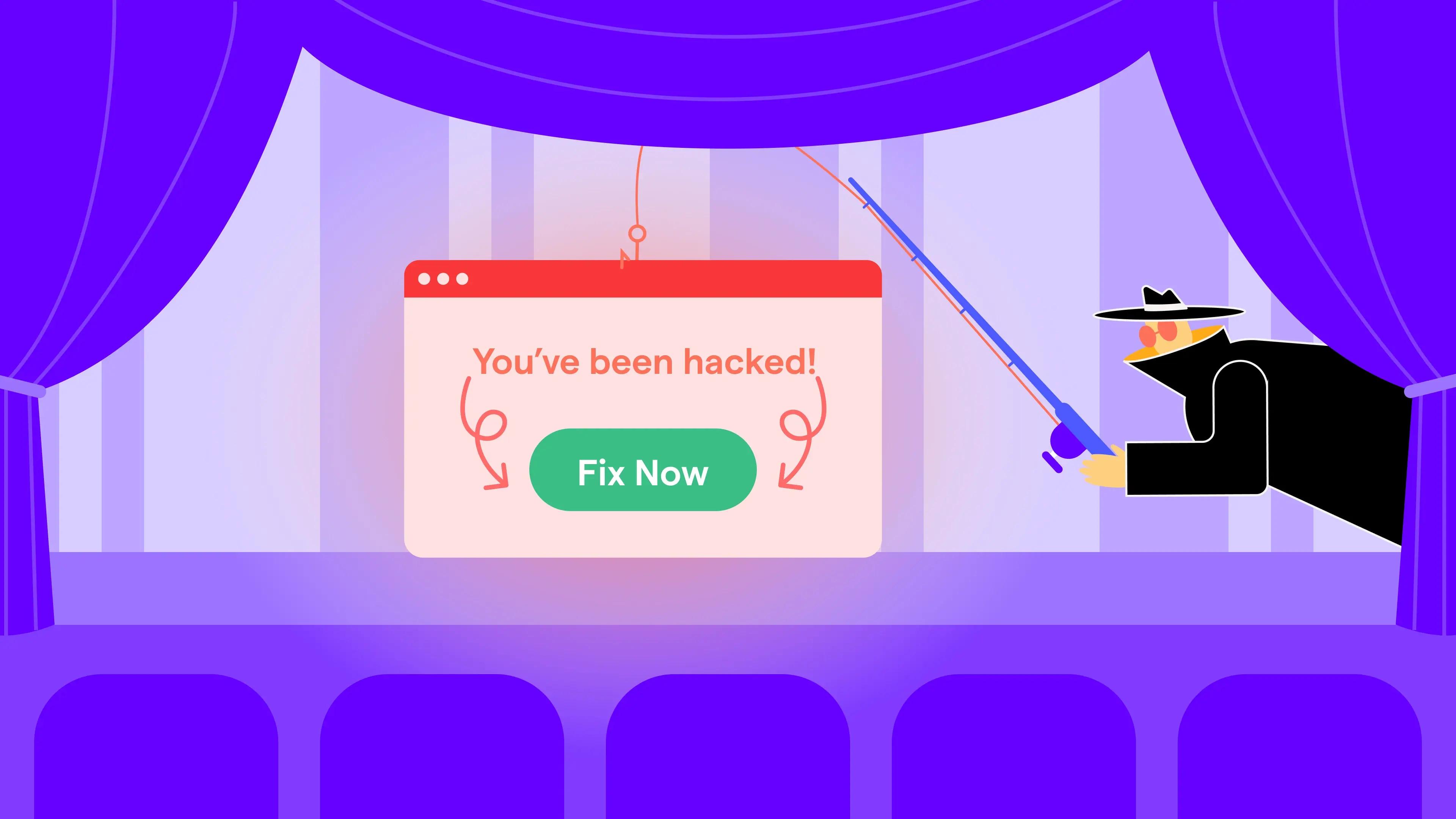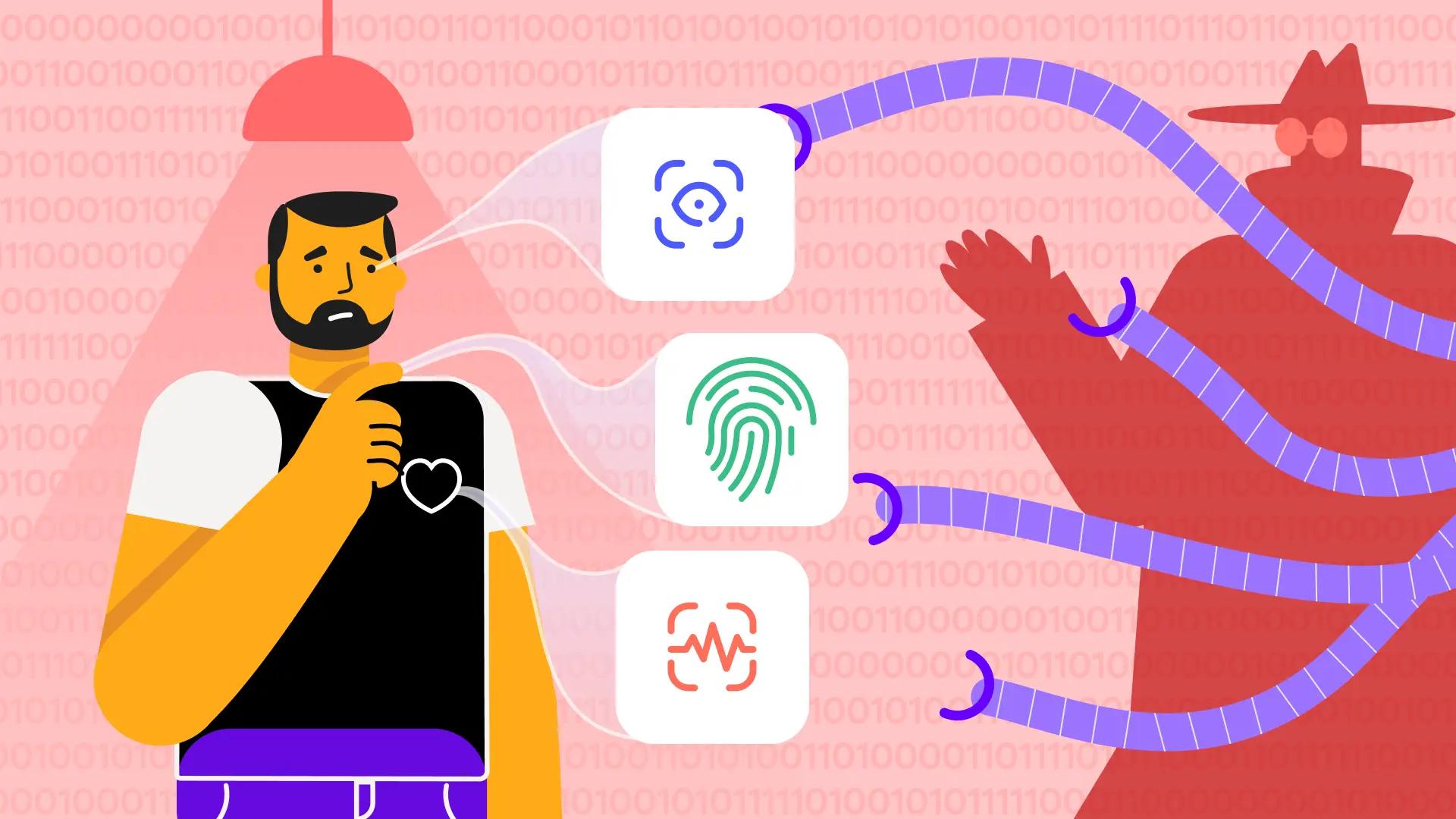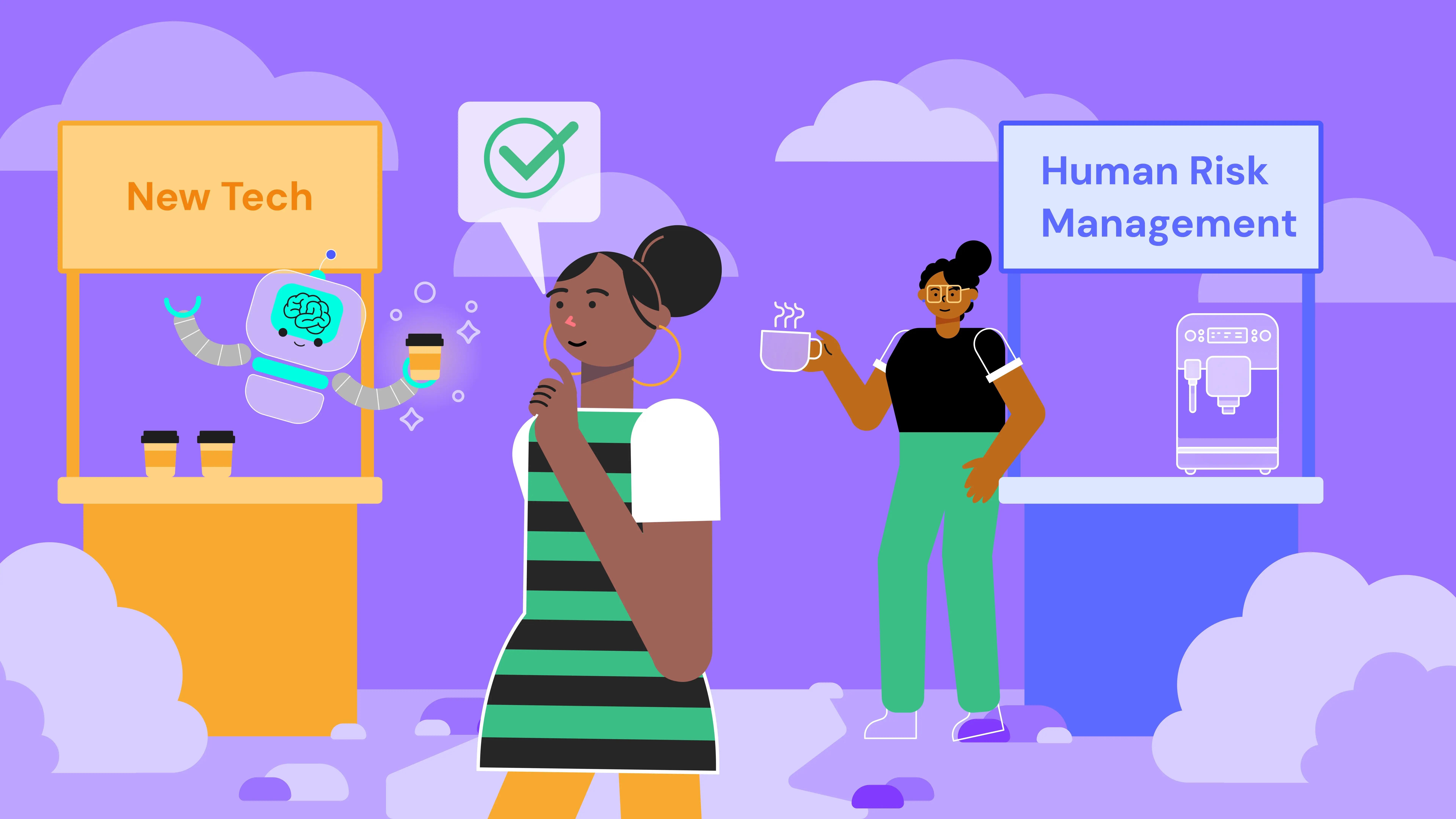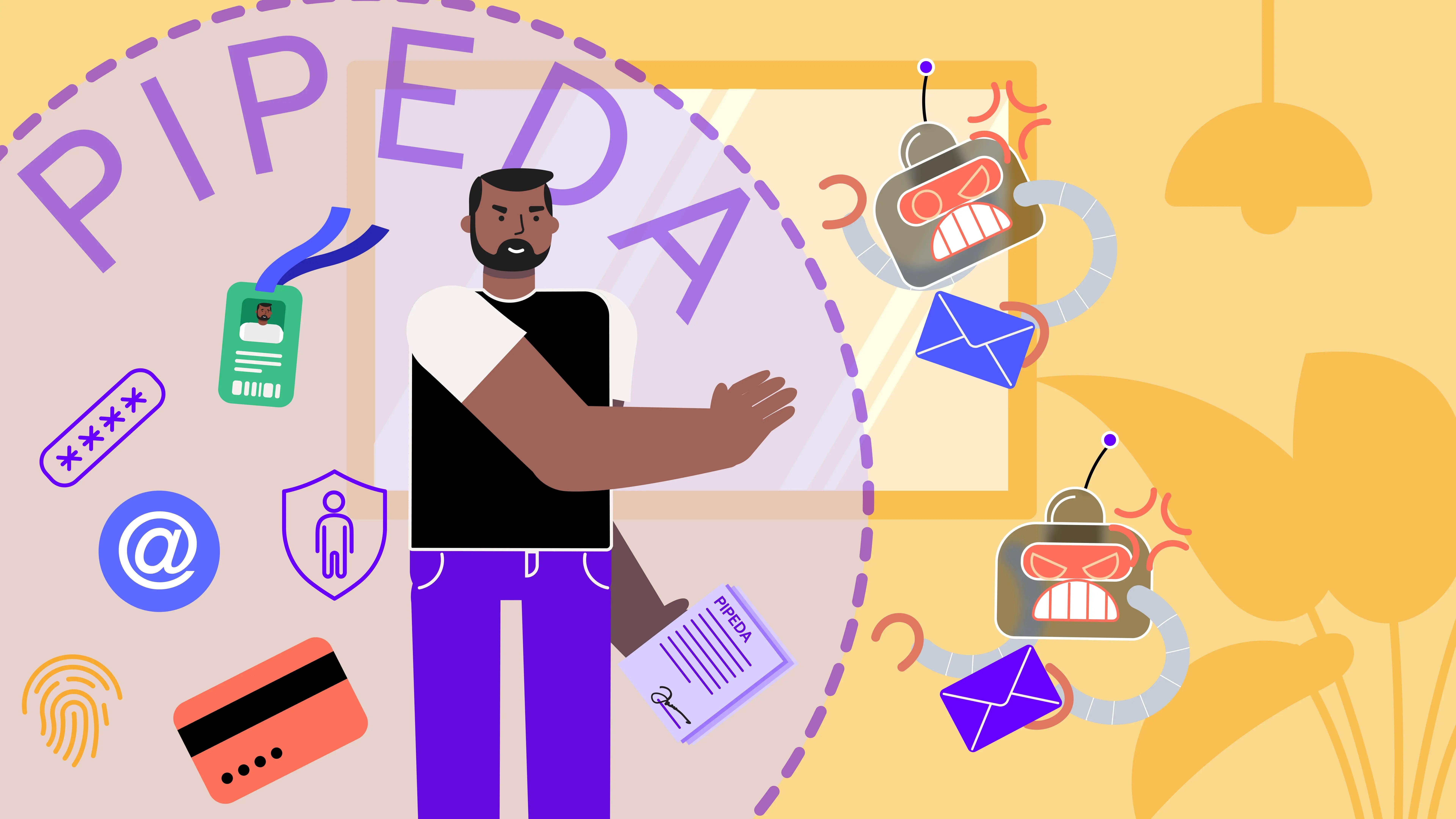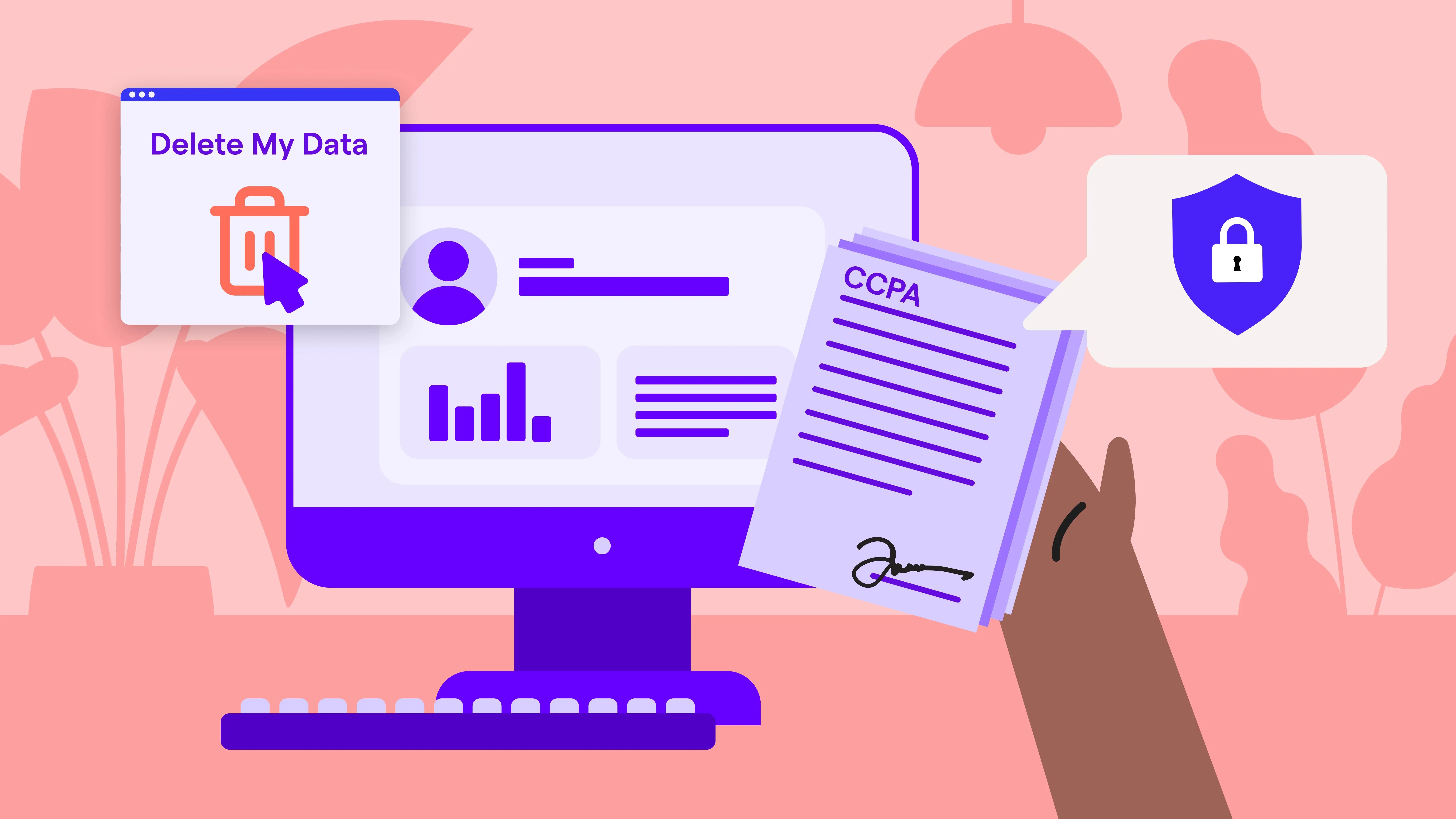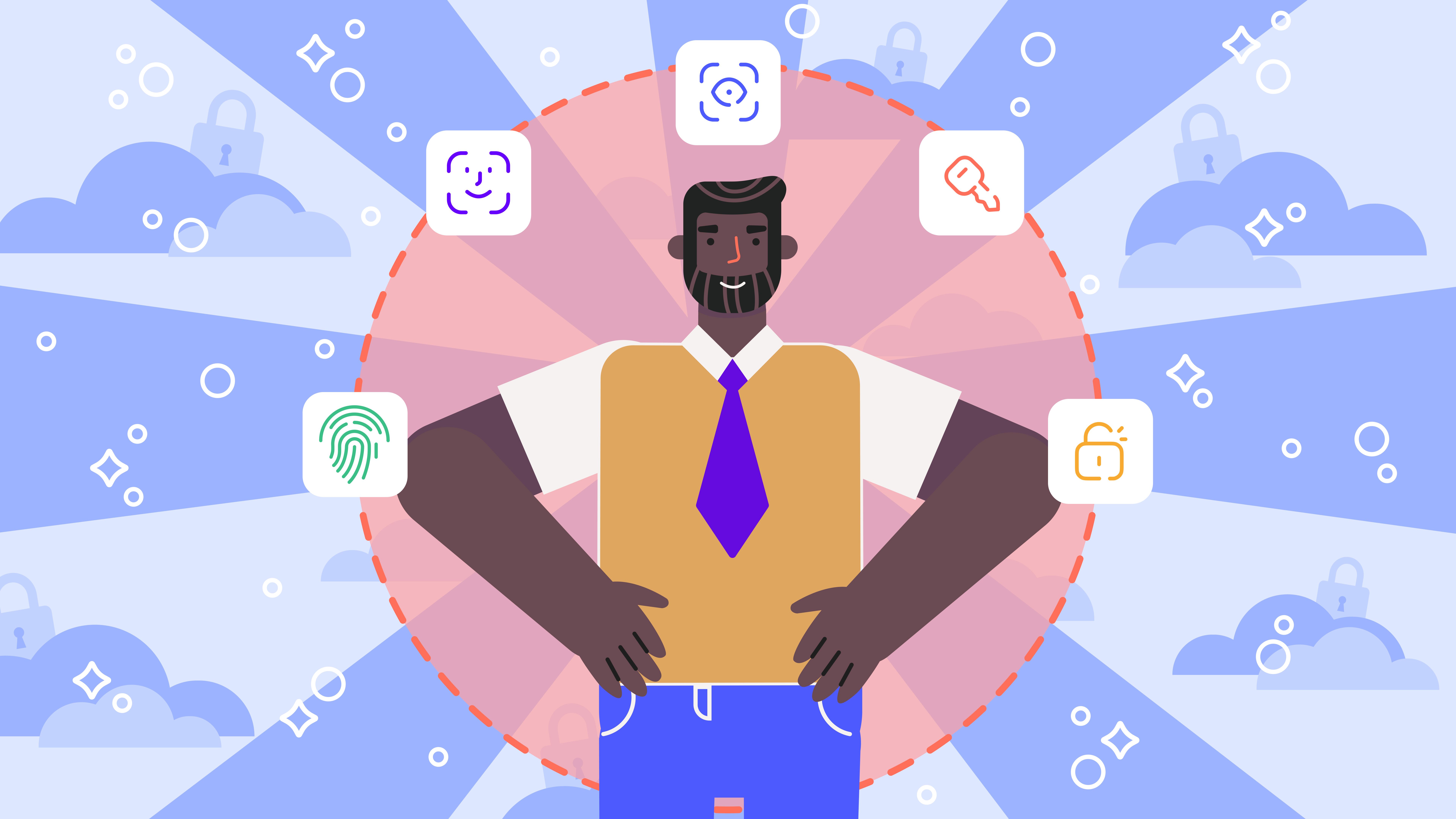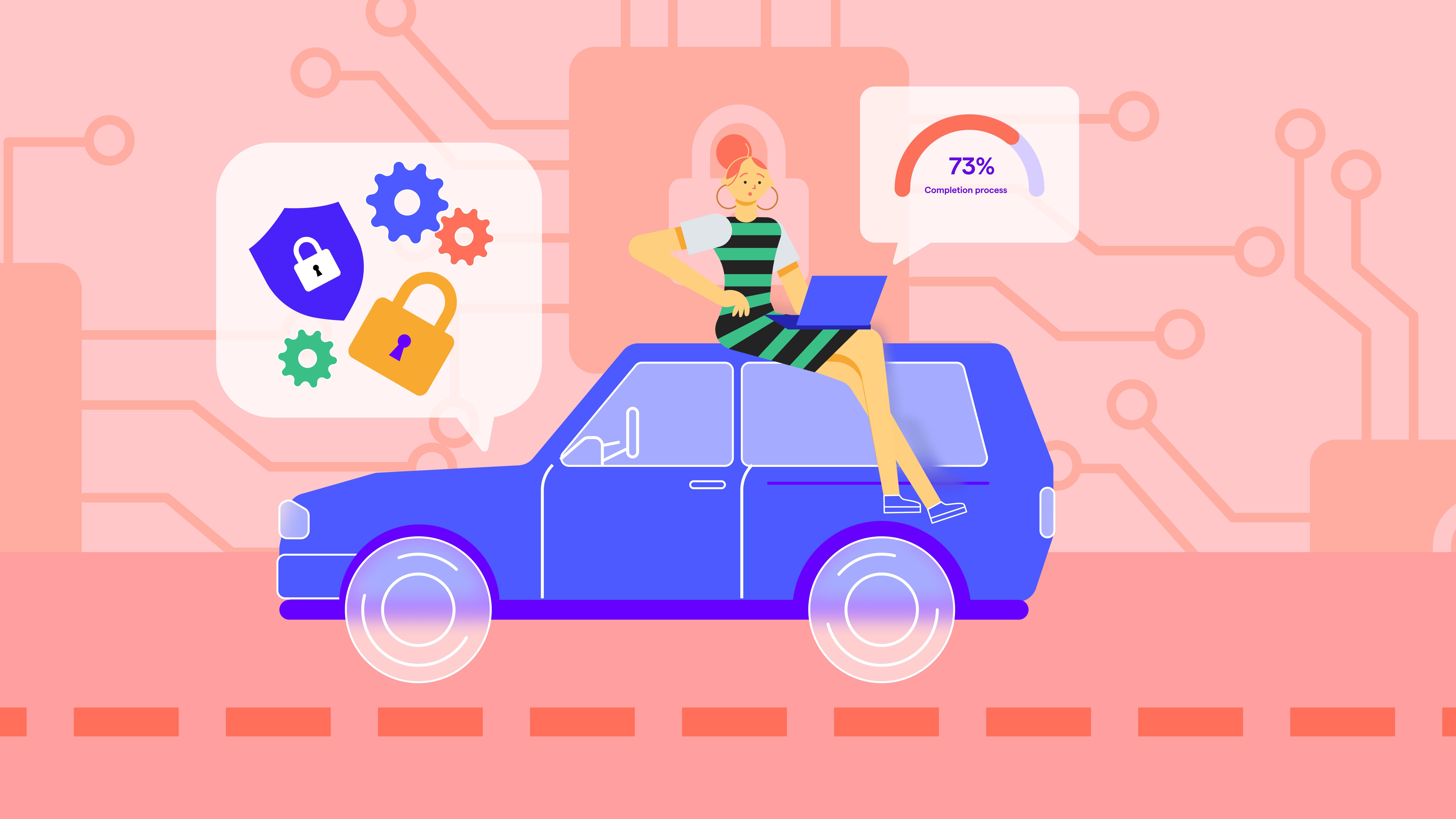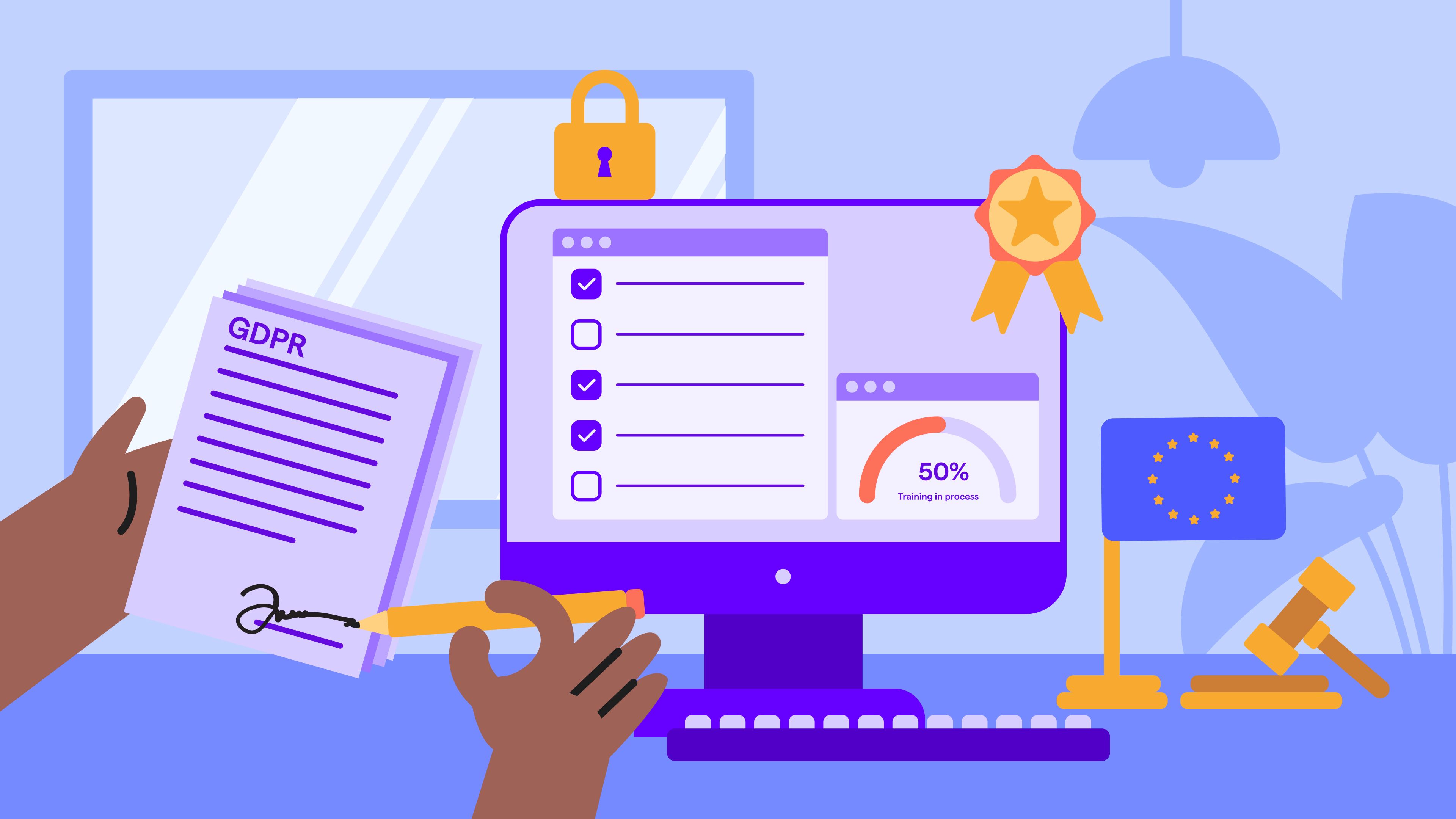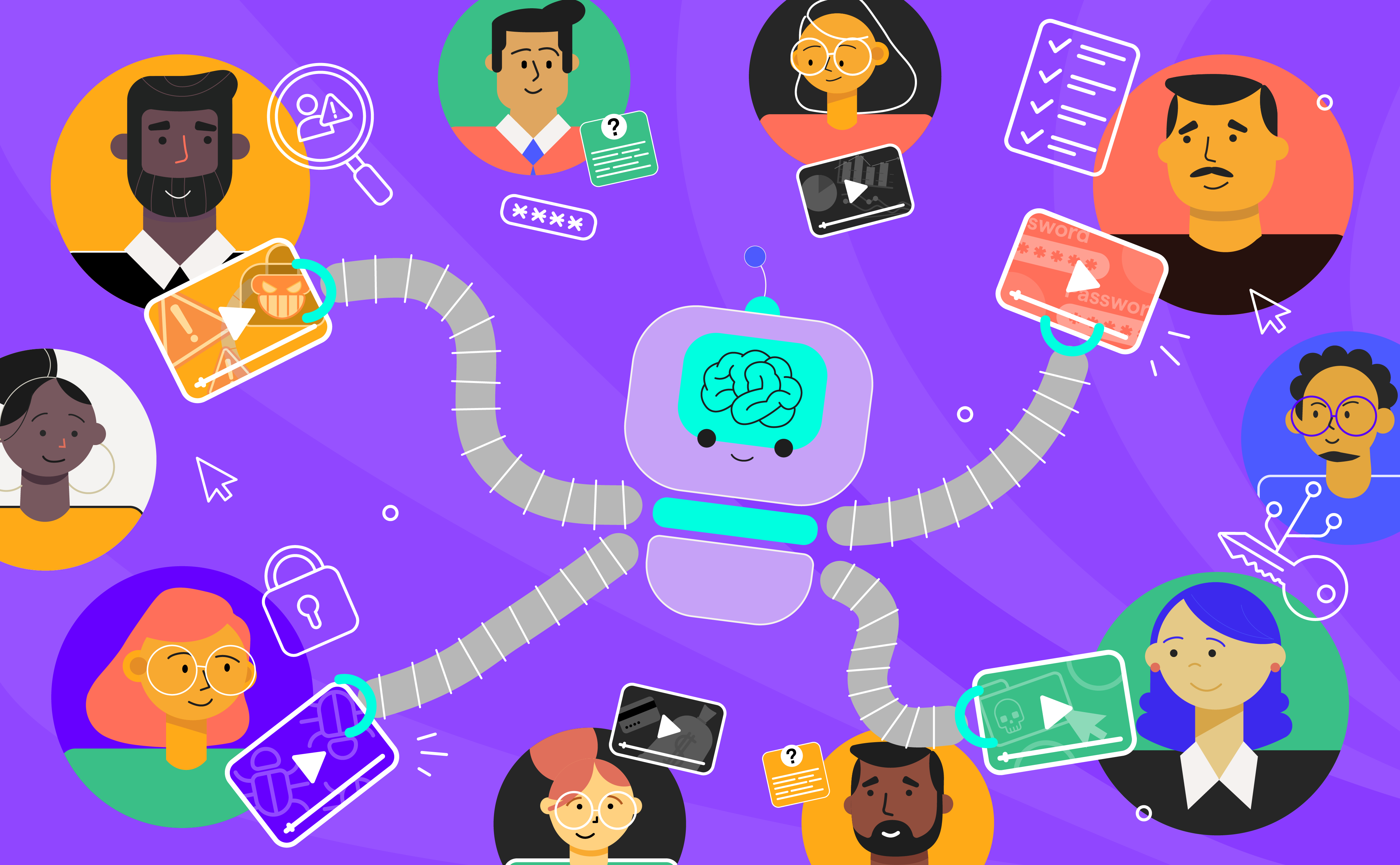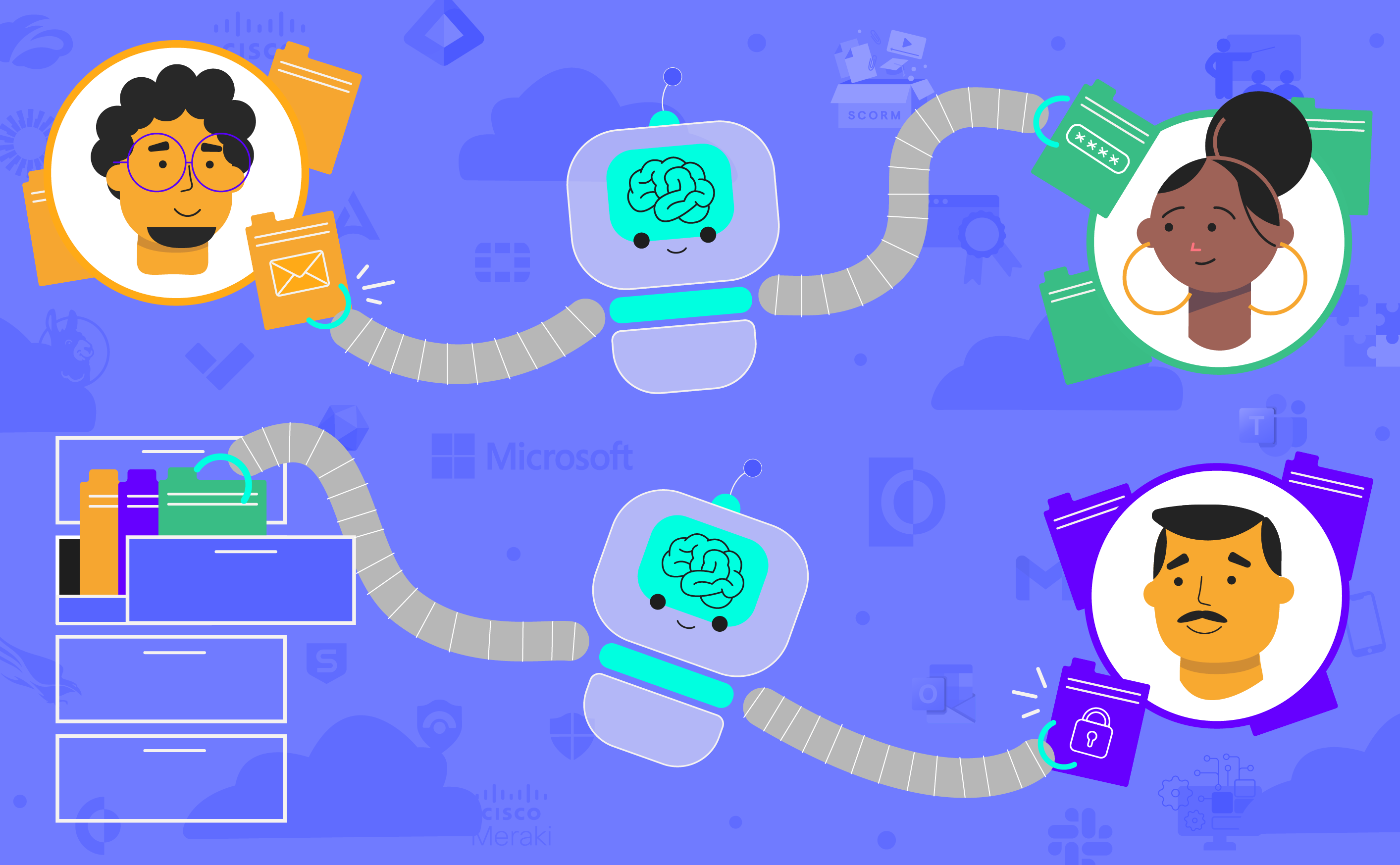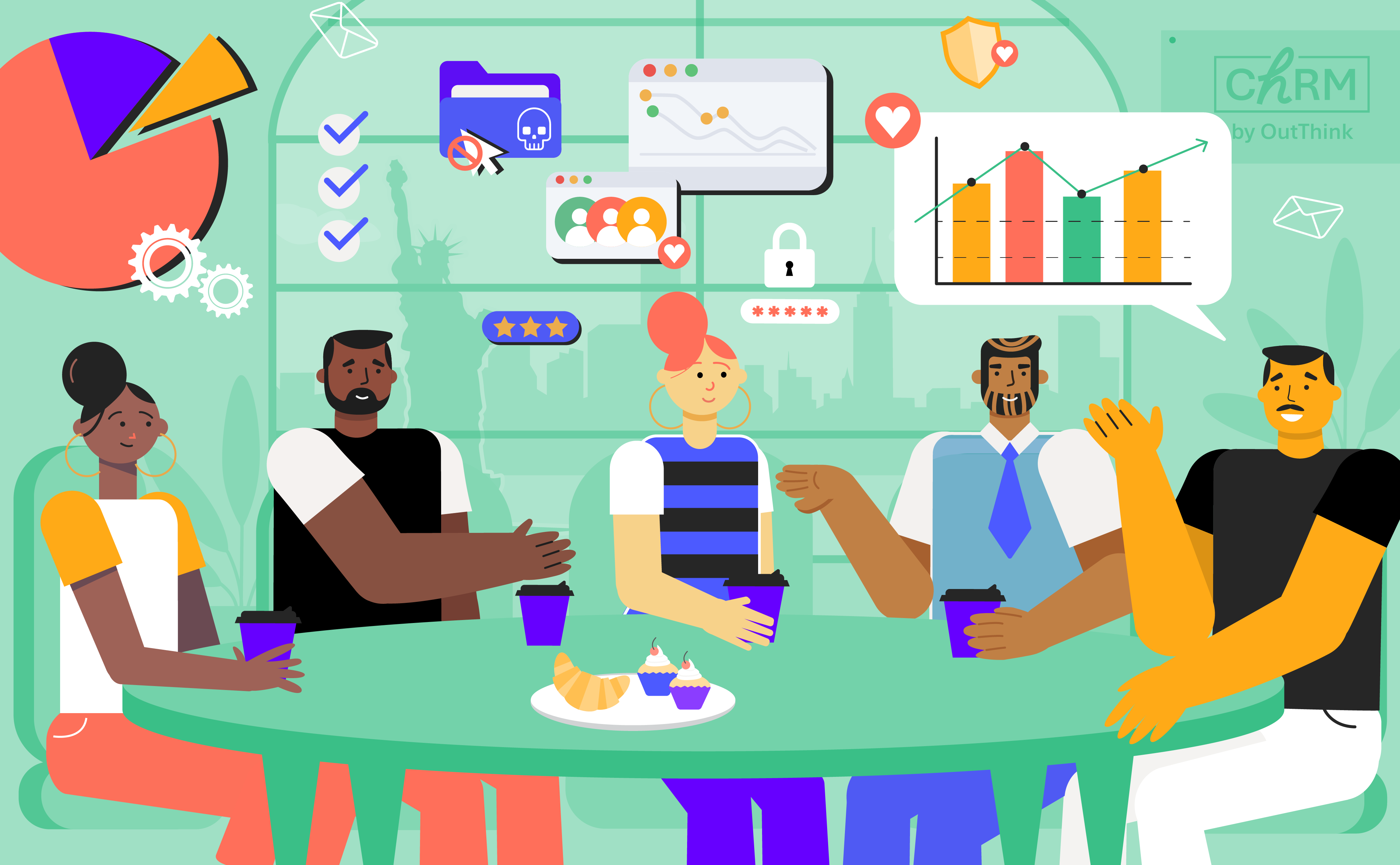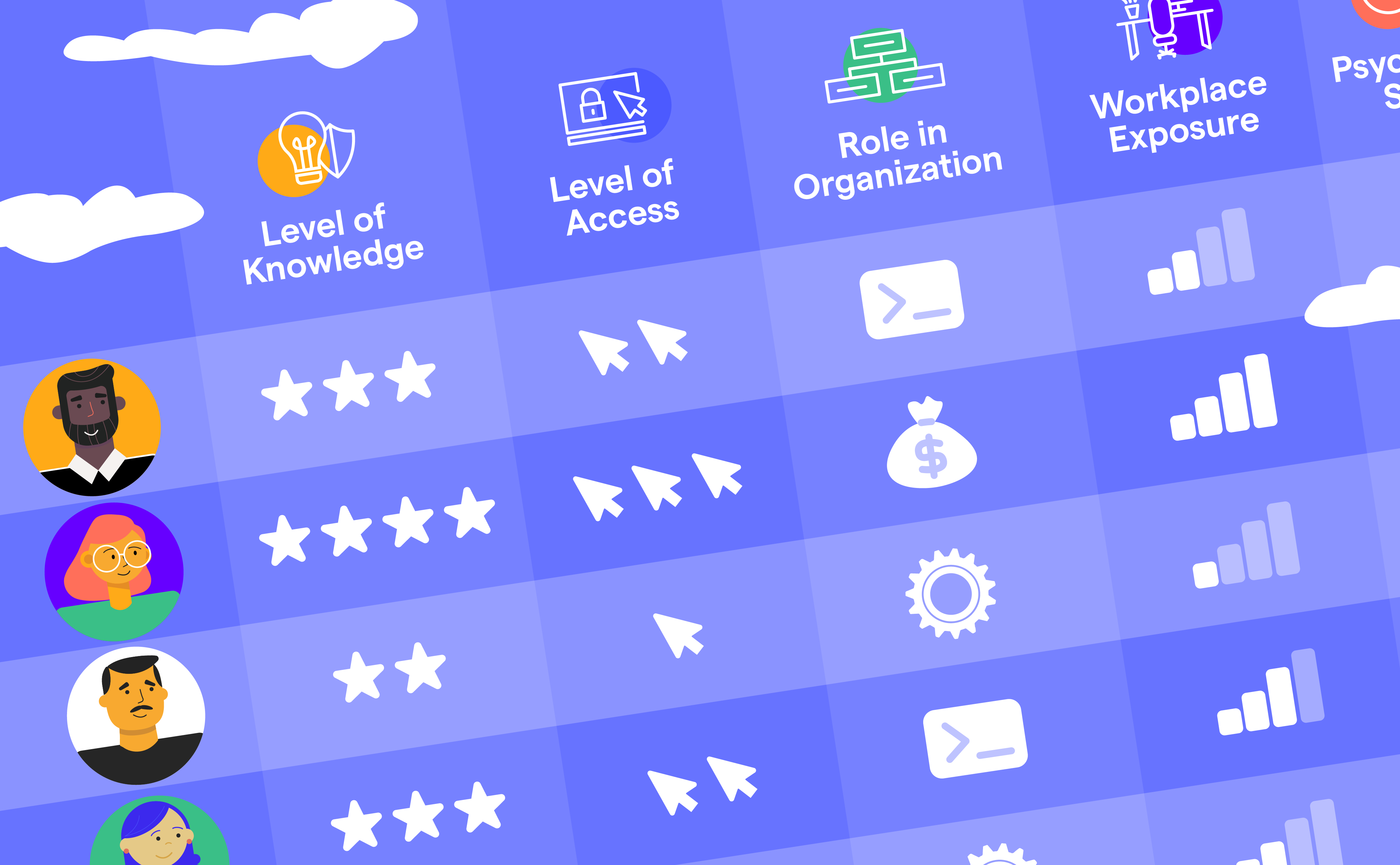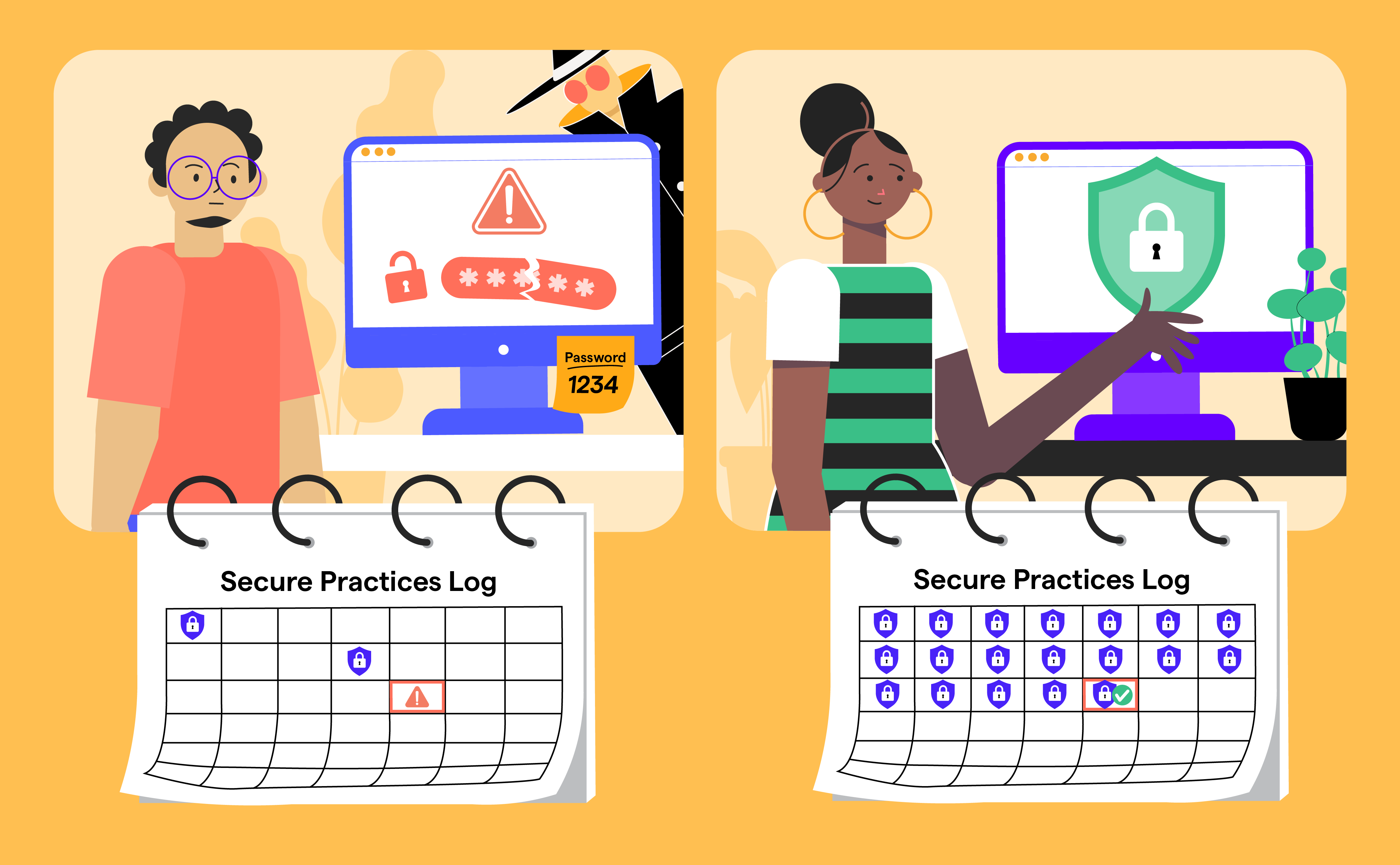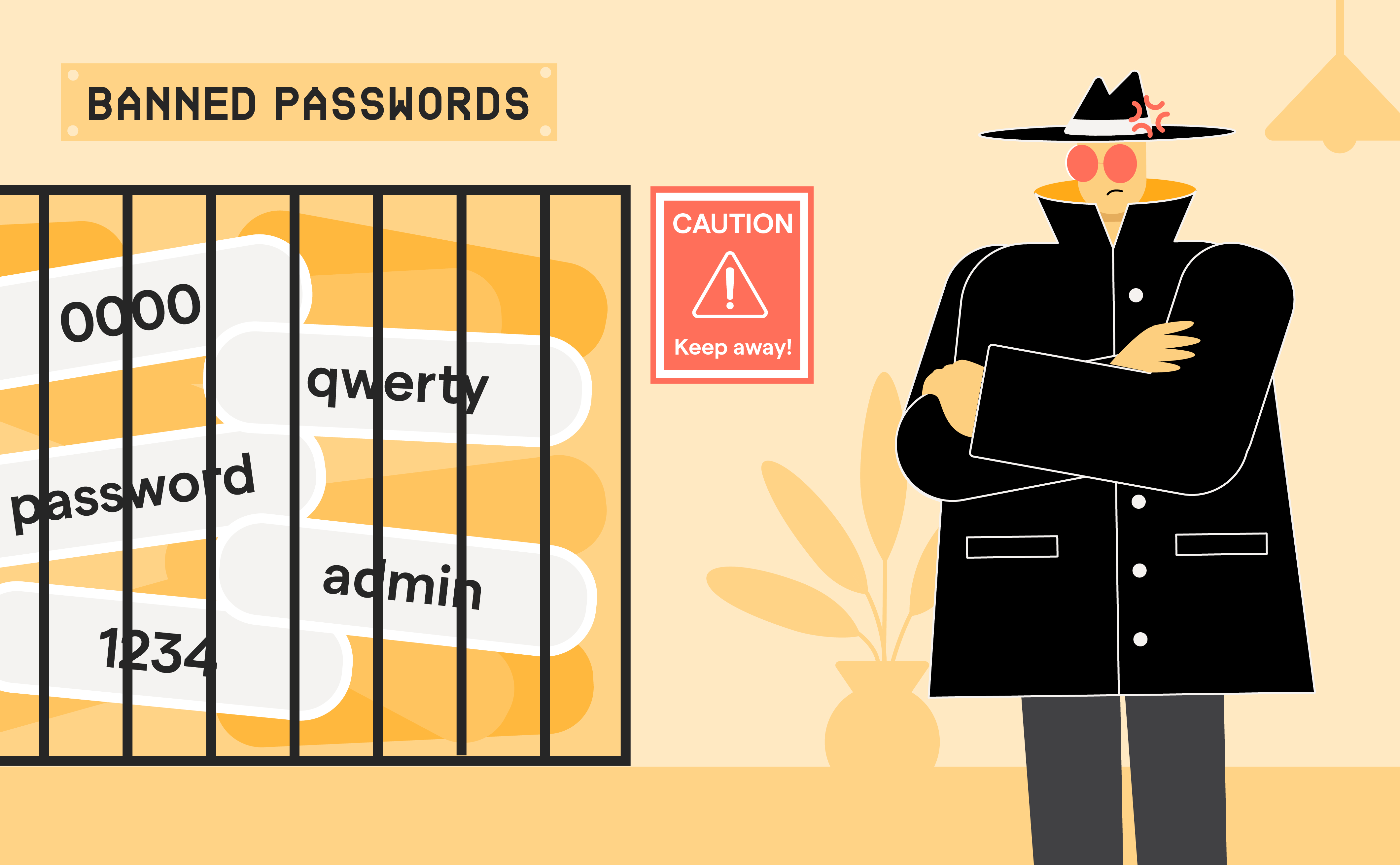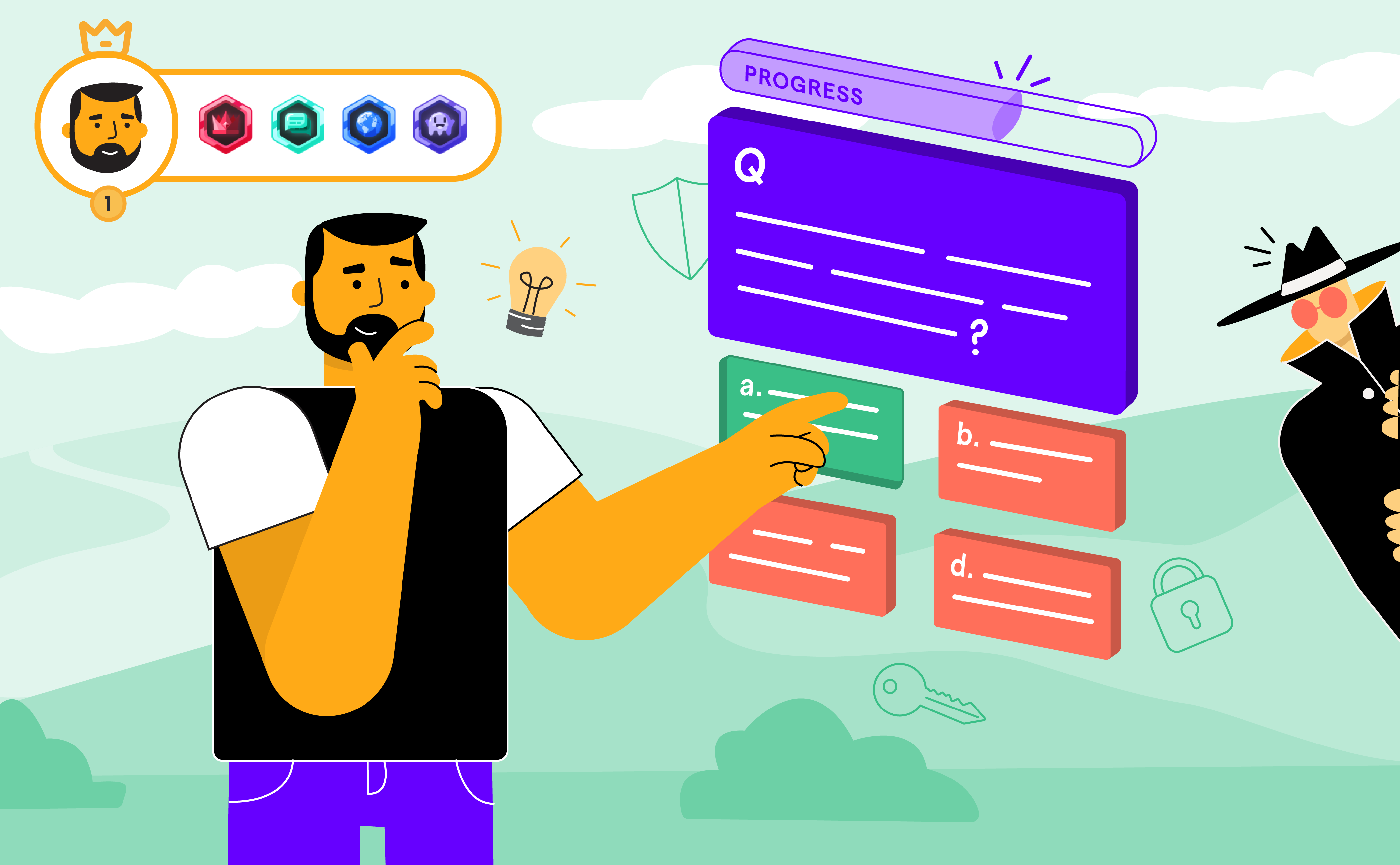
Phishing in 2025: Cybercriminals Are Smarter Than You Know
May 14

Experience OutThink
In this world of advanced technology, cybercriminals aren’t shying away from employing artificial intelligence, social engineering, and platform loopholes with a kind of precision that would make James Bond villains jealous.
According to GreatHorn, 3.4 billion phishing emails are sent EVERY single day, making up 1.2% of global email traffic. And it’s not just the quantity - they’re getting eerily convincing too. Worse yet, the cost to businesses incurred by phishing attacks continues to rise. The IBM 2024 report highlights that the average cost of a phishing breach has now risen to $4.88 million from $4.45 million in 2023, a 10% rise, marking the highest post-pandemic jump yet.
So what’s changed this year? Read along to learn more about the latest phishing trends for 2025 and how you can stay one step ahead!
A Quick Recap of Phishing…
Gone are the days of broken English emails from ‘Nigerian princes’. Today’s phishing attacks are sophisticated and leverage AI to mimic corporate tone, internal threads, and even real voices.
Since the launch of generative AI tools like ChatGPT, DeepSeek and more, cyber analysts report that phishing volumes have surged by a whopping 4,151%. Attackers aren’t just after your inbox anymore, they’re in your DMs (direct messages), your LinkedIn messages, and even your job applications. 80 to95% of data breaches now involve phishing, according to the Comcast Business Cybersecurity Threat Report.
In fact, AI-generated phishing emails have a 54% click through rate, nearly indistinguishable from those written by humans. Scary? Definitely. But it’s also preventable, provided you know exactly what to look for.
Top Phishing Trends in 2025
1. Business Email Compromise
This is not your average ‘I need a wire transfer’ scam. Using AI, attackers thoroughly imitate the writing tone and structure of a CEO or any high ranking official, deceiving even the most seasoned employee into clicking those malicious links or approving large payments.
You’ll be shocked to know that BEC attacks now account for over 53% of phishing incidents (2024 CISA report); from 2013-2023 BEC scams caused a global loss of approximately $55 billion (FBI report).
2. Credential Capture Phishing
Roughly 80% of phishing attacks now aim to steal your login credentials, a pattern especially common for cloud tools like Microsoft 365 and Google Workspace. Once inside, attackers move laterally through different organizations, installing malware or escalating privileges.
Oh, did you know that in organizations with 1,001-1,500 employees, about 1 in every 823 emails is malicious, that slips past filters? For smaller teams of 1–250 employees, it’s even worse, 1 in 323 emails could be an attack waiting to happen.
3. AI-Driven Phishing and Deepfakes
You guessed correctly! AI is everywhere, helping everyone get their job done - even cybercriminals. Attackers are now creating real time voice deepfakes of executives or family members and looting their targets. Not only do they increase the volume of phishing attacks cyber criminals can deploy, AI phishing tools also excel at copying the tone, grammar, and sentence length of real senders.
Even more concerning? Cybercriminals can now hijack ongoing email threads using AI generated replies that blend perfectly into existing conversations.
4. The Smishing and Vishing Boom
SMS based phishing (smishing) uses manipulative texts to steal personal passwords, credentials and work information. These attacks have surged by 328% globally with average losses of $800 per incident. Deadly!
In parallel, voice phishing (vishing) uses telephone calls to persuade their targets to reveal their sensitive information increased by 28% in 2024. Attackers impersonate HR reps, banks, or delivery services to trick users into giving up sensitive data instantly.
5. Malicious Attachments and Quishing
You ought to know this: according to the 2024 Verizon DBIR report, 94% of malware is delivered through email attachments, often disguised as PDFs or Word documents. QR phishing, or quishing, has become particularly dangerous, with a 20x spike in late 2023. Hackers plant these QR codes in fake invoices, posters, or even restaurant menus and you're just one scan away from losing your personal data.
Which Industries Are The Most Targeted?
You might be currently working in one of the industries that are most highly targeted by phishing. Cybercriminals don't play favorites, but they do have their top targets.
- Finance & Banking (high value transactions, sensitive customer data)
- Healthcare (personal health records fetch big money on the dark web)
- Education (universities are vulnerable due to limited IT staff and constant student turnover)
- Energy (nfrastructure-related phishing campaigns are on the rise)
- IT & Tech (Remote workforce, cloud tools, and fast-paced environments make tech companies a common bullseye)
Surprisingly, new hires are 44% more likely to fall for phishing attacks in their first 90 days, making onboarding periods a key vulnerability window.
Want to Boost Cyber Secure Behavior?
The main question that you should be asking yourself is : How do I stay safe?
Well, the simple answer is, it all starts with awareness.
Most of the phishing attacks succeed not because of technology fails, but because people are caught off guard or lack basic cybersecurity knowledge. You might be surprised to know that 68% of breaches originate with human elements according to the Verizon DBIR 2024 report.
That’s where OutThink steps in. Unlike generic security awareness training, OutThink maps real-time human risk across your teams and turns that data into targeted, personalized interventions. It’s not just training, it’s culture change powered by insights.
If you’re serious about reducing risk where it starts (with people), explore OutThink's Cybersecurity Human Risk Management platform. You’ll see how smart nudges and adaptive security awareness training can shift habits before the next attack hits.
Building Phishing Resilience in the Age of AI
Phishing isn’t just an IT problem , it’s a human trust problem. With AI generated content, deepfakes, and evolving tactics, cybercriminals are infiltrating our digital conversations seamlessly.
But forewarned is forearmed. To take, invest in prevention and foster a culture of cyber awareness in your organization to reduce human risk.
Next time you get a job offer, a file request, or a QR code in a cafeteria, pause there. Consider whether a cyber attack might already be in your pocket.


